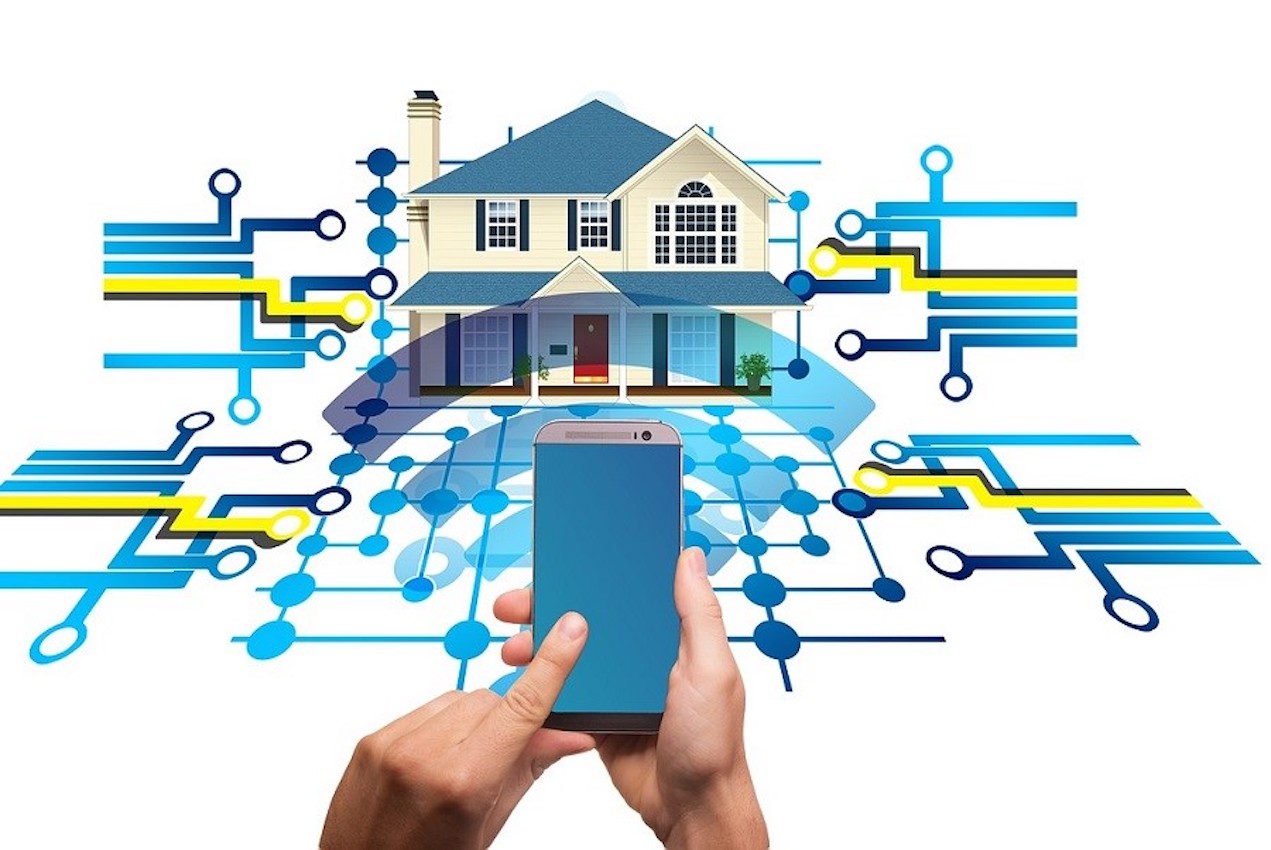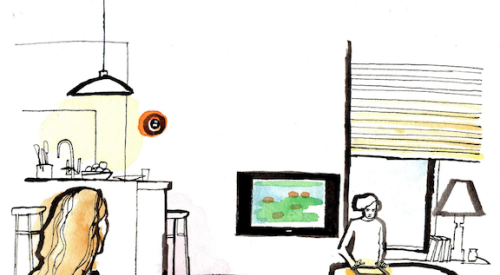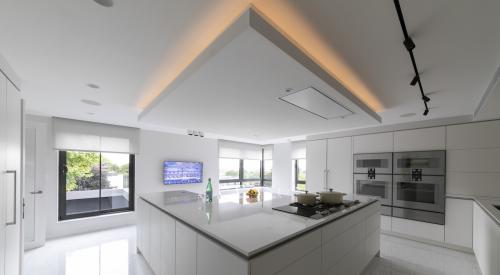
SVP, Industry Engagement
CEDIA
Among its many ripple effects, COVID-19 has underscored the value of a strong and reliable in-home internet signal that allows multiple people—parents working from home, kids learning virtually, everyone binge-watching their favorite streaming service, not to mention security systems and other connected devices—to be online at the same time without a decline in performance.
Builders of new homes are in a unique position to provide that level of performance and gain a distinct competitive edge over existing homes. CEDIA's Giles Sutton encourages builders to take advantage of increasing consumer demand and stake their claim as a key cog in the connected home landscape.
PRO BUILDER: What is a home builder's role in delivering a connected or "smart" home, and why?
Giles Sutton: The builder's role is, or should be, to deliver a robust home network, namely to ensure a strong Wi-Fi signal from the internet service provider (ISP) chosen by the homeowner. If you look at the data, it is widely accepted that the majority of homes will be connected, so it is partly a builder's responsibility to ensure that's possible. There should be a base level of technology that goes into every home, regardless of size or price point. And it should be a standard feature, not optional.
PB: How should builders approach that opportunity?
GS: Treat it like any essential utility, like water or electricity. That means finding a local trade partner—what we at CEDIA call a "technology integrator"—just as you would a plumber or electrician. The backbone of a robust hard-wired and W-Fi-enabled home isn't the role or responsibility of the local ISP. You need an expert to make sure that signal is strong and reliable throughout the house.
RELATED
- Play Ahead: 6 Steps to Building Smart, Connected Homes
- Connected Home 2.0: Getting Smart About Smart Homes
- Smart Device Partners and Energy Management for the Connected Home
PB: Should builders allow that trade partner to interact with buyers?
GS: That's up to the builder, but I can say that an integrator's job will go a whole lot easier, and the results be a lot better, if he or she can gain insight into the homeowner's needs to find the most suitable locations for access points (or boosters) and install enough cabled infrastructure to get a direct signal to critical devices (such as security) and enable reliable remote control of devices.
PB: What questions might elicit that insight from homebuyers?
GS: How will the home be used? Does anyone work from home full-time? What are their expectations for the number of devices, use of those devices and related services, and any future needs? That last part is key to help ensure the home's connected backbone can be "future ready" as much as possible. For spec homes, builders can find or conduct some basic research about their target buyers to arrive at a reasonable consensus.
PB: Interoperability among devices has been an issue for some builders and their homeowners. How can they mitigate it?
GS: For the most part, interoperability issues among devices occurs with consumer-grade equipment. A mass-market, DIY mentality is a real challenge for our industry. There are some devices consumers can buy at the retail level that offer phenomenal value and functionality, but setting them up to perform as intended can be difficult. Even with plug-and-play devices, you probably need some level of expertise or a professional to set them up properly and to work with other devices.
PB: To what extent should builders provide actual connected or smart home devices?
GS: In addition to providing a robust infrastructure, some builders have done an excellent job of vetting and selecting connected devices and systems that make sense and increase their competitive advantage, such as garage door openers, security systems, and thermostats. But beyond that, a builder needs to make it clear that anything a homeowner adds on top of that package is their responsibility to install and maintain.













